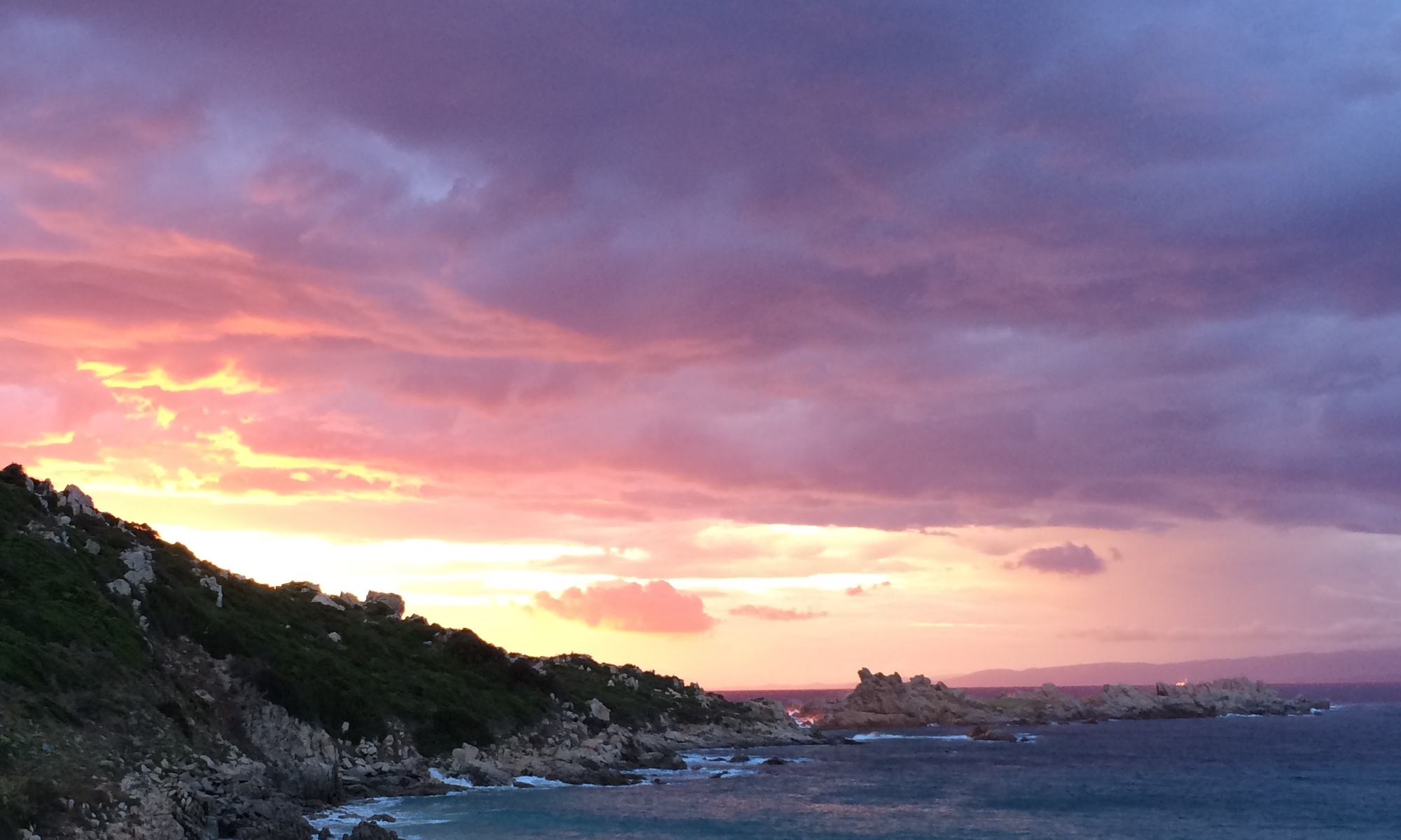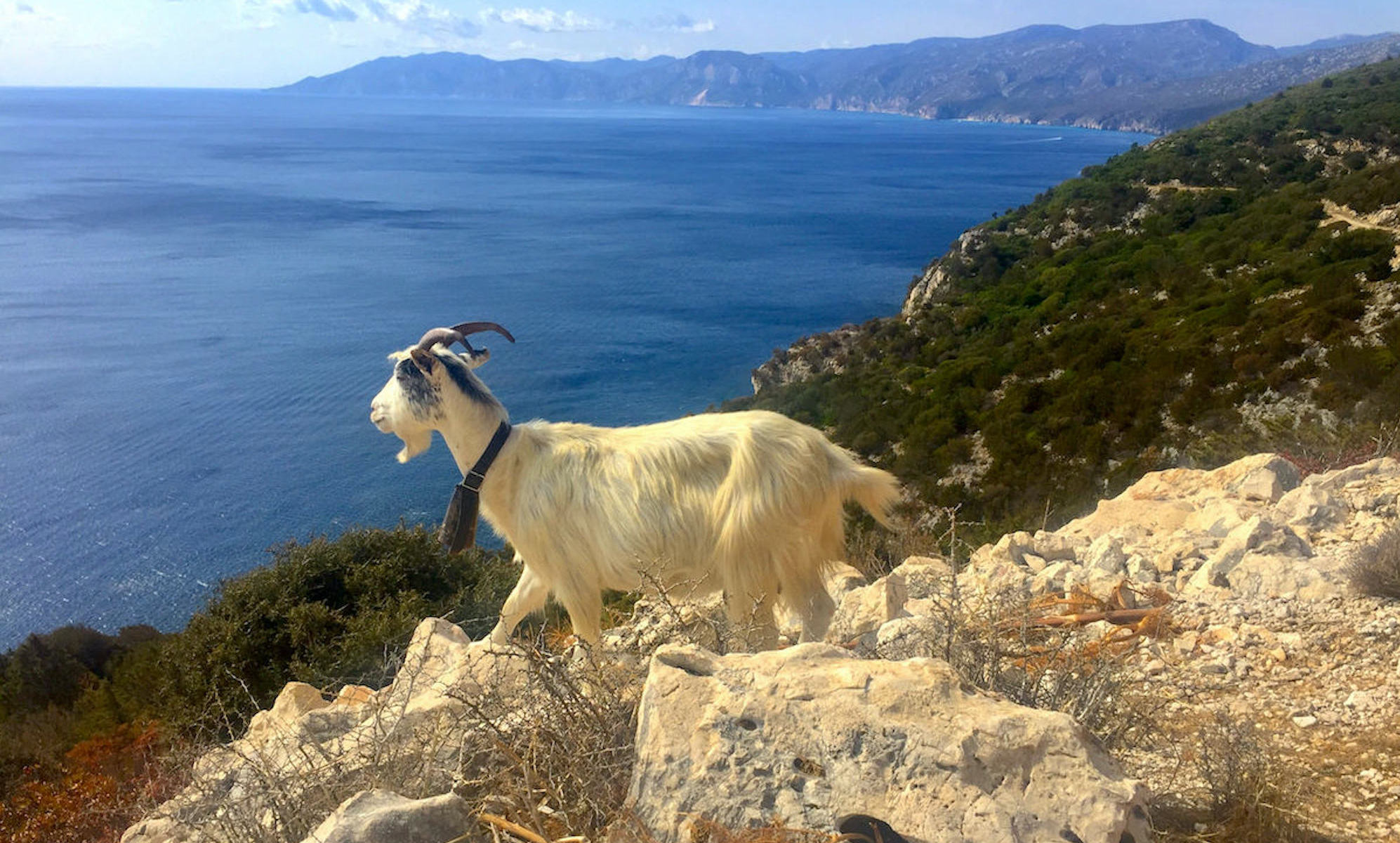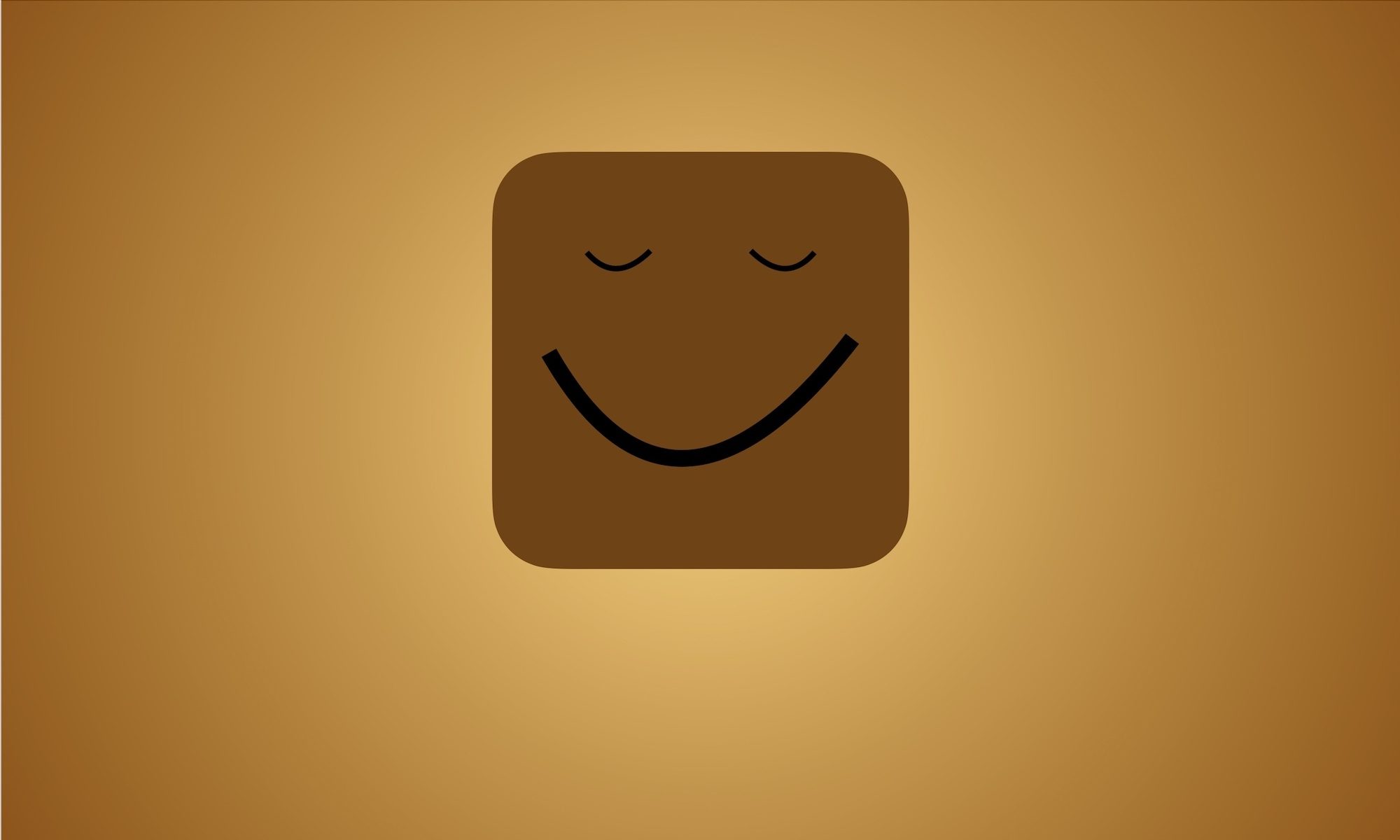During this time, as always, acting with common sense is essential for our health, ourselves, and our communities. And how we act, what we do, how we maintain ourselves has consequence beyond the realm of the pandemic of 2020.
Absolutely, we’re all doing our best to follow common-sense guidelines about containing the spread of the virus.
We also need to follow common-sense practices for how we handle ourselves during this time. These practices are simpler to state than do, yet they are essential.
Don’t fall into fear. Don’t panic. Stay centered. Follow practices and do exercises to maintain inner equilibrium, which is essential to maintaining outer health, be it of the body or the world.
Practice whatever focusing activity centers you and clears your mind, body, and spirit, be it running, pottery, meditating, or something else (of course, these may need to be adjusted if you’re ill/under quarantine).
Have discernment and use your own mind for positive purposes. Be in the present moment. Serve others. Remember the power each one of us has within.
And again: Don’t fall into fear.
This is essential within ourselves, and within all levels of our community.
While the virus can be dangerous to at-risk populations, fear can mentally and physically immobilize even otherwise healthy people. And while the dangers of this virus are more than health-related, fear is ultimately more dangerous than the virus.
We understand some of the health dangers of the virus. We understand the huge economic implications of the virus, especially for countries, businesses, and individuals already financially unstable. Yet what is often unrealized, or forgotten at times of crisis, is that governments, corporations, and power-seeking individuals always leverage, for their own benefit, critical events such as the virus and the fear these events create.
I could write at length about this, and probably will in the coming days and weeks.
For now, I’m posting below a very few links to news stories currently buried in the media, and related references. My intent is to increase your scope of awareness and discernment, encourage you to stay centered and strong within no matter what, and to maintain and use common sense in all thoughts and actions.
U.S. sending 30,000 soldiers to Europe for military exercises for DefenderEurope 20, the largest deployment of U.S. troops in Europe in 25 years (In Italian; title only translated here).
In Russia, A new constitutional amendment would permit Putin to remain in power until 2036 (In Italian; title only translated here).
Apparently, this has passed the lower house but not yet gone to the next step of voting. Related articles mention that Putin initially sought to extend potential term limits until 2024, but then with the “opportunity” caused by the virus, he sought a longer extension, until 2036.
Trump “joking” about serving a third term; many articles including this one on Huffington Post.
Twitter discussions about the virus and power grabs
Martina Navratilova (who, like many women pro athletes, is far smarter than most people realize, not to mention she was raised in and left a communist regime— both reasons I mention her specifically) has many insightful comments on her Twitter feed about the virus, U.S. response, and politicians.
In a post on March 11, she wrote “I wouldn’t be surprised if Trump turns the COVID-19 will just magically disappear into declaring martial law instead and cancelling the election. . . if there is a path to that, he will take it…”
This echos concerns many of us have had since his election. And the virus would be the perfect entrée.
As we know, perhaps the most effective means of assuming power and control is to do so gradually. Similarly, eroding rights and abilities is generally more effective than cutting them outright.
America already has issues with the validity of the election processes, election results, and the judicial system. We have non-physical money, transacting instead with credit cards and apps. Big businesses and the government have detailed information about individuals, more than most people realize. People are used to being tracked for marketing purposes, for health reasons, and in general.
Politicians disparage and discredit the media. Lobbyists have long paid experts to put groomed messages on media/social media, encouraging fear and other desired attitudes in the public. This is especially easy when most of the public is isolated, and/or obtains their information through sources that are easy to control and monitor.
Now, in the cause of maintaining public health, we’re limiting individual contact between humans, further tracking people, and, in some instances, locking down movement. In China and Italy, they’ve used police/military to enforce the lockdowns.
In such an atmosphere, and with a complacent, distracted public, it’s especially easy for the media, politicians, and public relations experts to turn attention the way they want to. And yes, at a primed moment, a politician could declare martial law, or state that he’s not going to step down even if elections say otherwise.
Here are a few more links to expand your thinking.
*** ADDED 2020 03 14: The Guardian published this piece on March 14, 2020: Be Careful. Trump may exploit the coronavirus for authoritarian ends. ***
*** ADDED 2020 03 23:
Edward Louis Bernays, the father of propaganda.
If you haven’t heard of Bernays, at least read the Wikipedia article above. Among other projects (some more palatable), he worked for big tobacco and quietly pushed the practice of having doctors endorse cigarettes as a way for women to remain thin, a trend he also pushed to sell cigarettes.
See Project Gutenberg and Amazon for his books.
Virus privacy concerns: Data from Sardinia sent to the U.S (In Italian; only the headline translated)
As a virus-containing step, yes, it makes sense that everyone entering Sardinia since 14 February must complete an online self-certification, noting when they arrived, address, uploading a copy of the ID Card, etc, so Sardinian/Italian health services can keep track of folks moving about on island. Similarly, now there are laws/forms that must be completed even when someone goes from one town to another, and ships and aircraft landing on the island must provide more detail to lists of passengers, baggage, and cargo.
However, the process of self-certification includes major violations to Europe’s General Data Protection Regulations (GDPR): The data is collected by a U.S. company and stored in the U.S., and a note on the upload site states data may be transferred to other companies and/or used for marketing purposes.
A Sardinian attorney is investigating and challenging the privacy violations.
Race is on for health data in Eastern Europe as healthcare companies seek to increase private market
Data about individuals is especially valuable to businesses for marketing and other purposes. Health care data is no exception. Even though data is ostensibly “anonymized”, individuals can be identified by combining data. Some uses of data we may judge helpful; other uses we may not consider so beneficial to the common good. As a small exploration, see the website for the company LiveRamp, which offers “Identity Resolution products” and “HealthVerity” data tracking.
Hershey pulls ads with hugs and handshakes amid coronavirus concerns
This is just a very simple example of the extent to which advertisers consider their ads, the virus, and the message they convey.
Yes, it’s important to take common-sense measures to preserve health and limit the spread of the virus. It’s also important to not fall into fear, the False Evidences Appearing Real.
Stay centered and calm, be aware, and live and act with awareness, discernment, and love.
###





